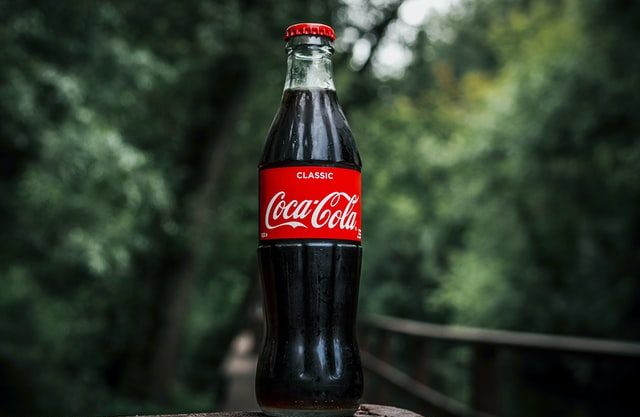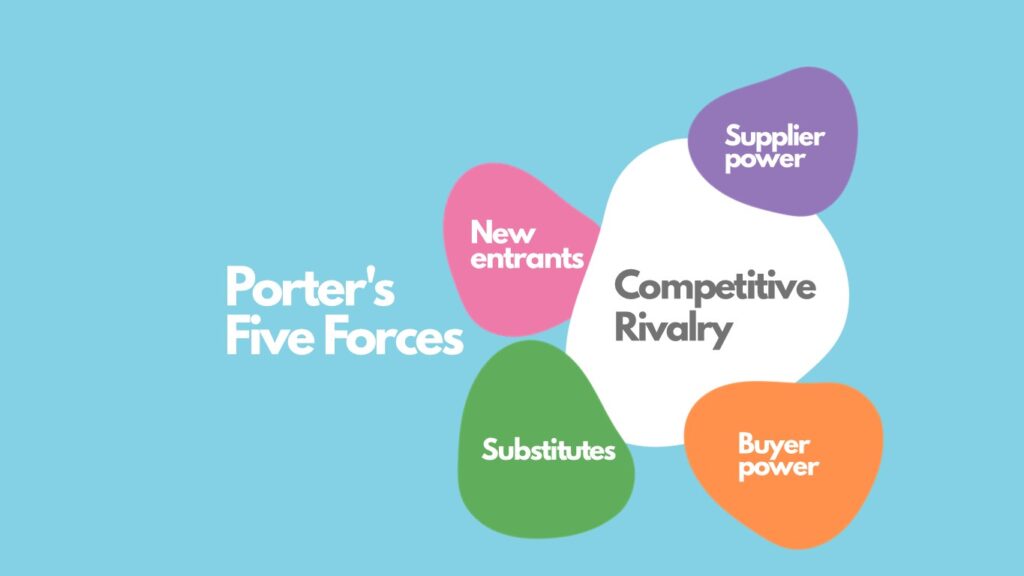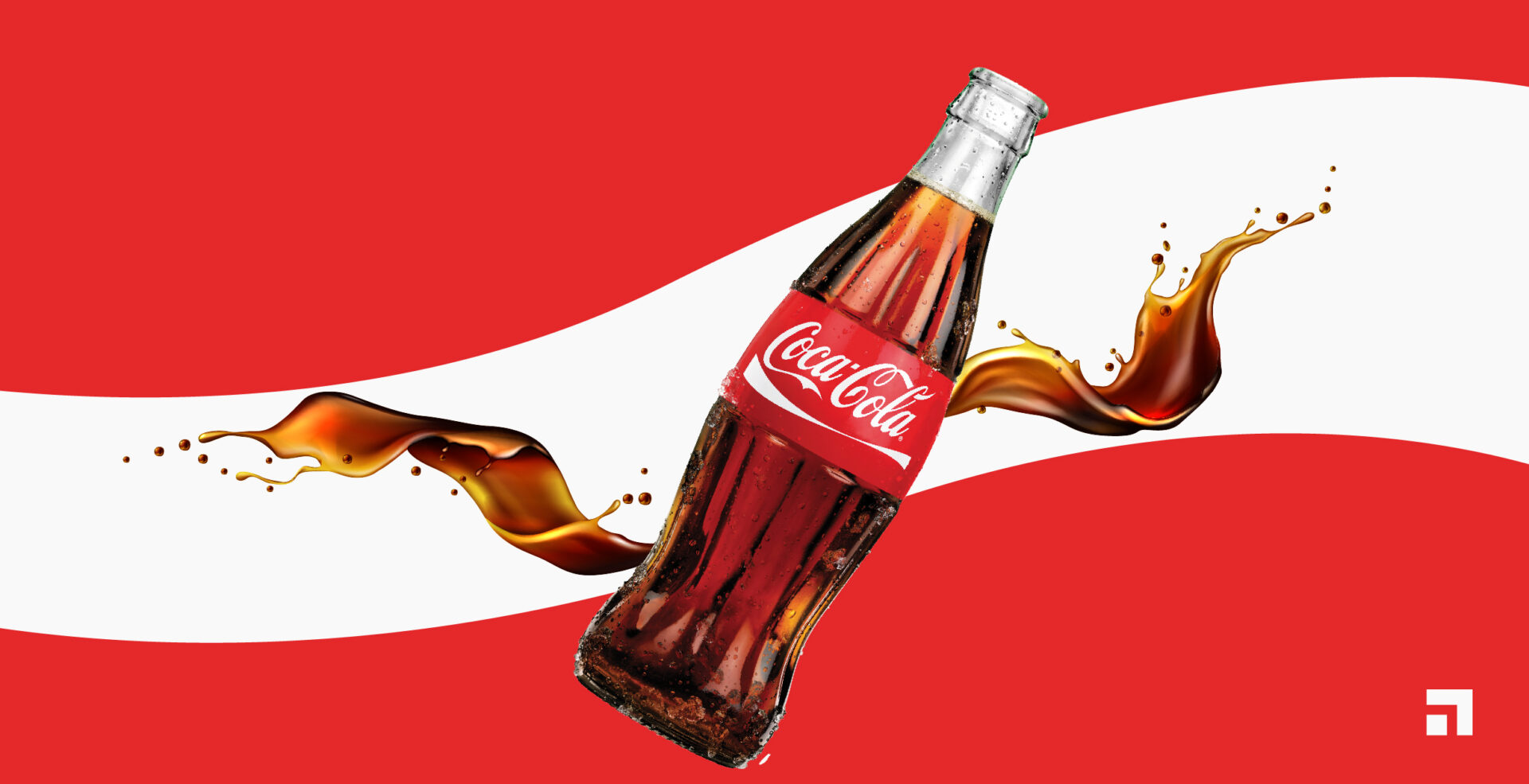Coca-Cola, being one of the world’s most recognized brands, has an effective marketing mix that incorporates various elements to reach and satisfy its target market. The marketing mix of Coca-Cola is also known as the 4P’s of marketing, which includes Product, Price, Place, and Promotion.
Product: Coca-Cola offers a wide variety of products to cater to different tastes and preferences of its consumers. Coca-Cola Classic is the company’s flagship product, which has been around since 1886. In addition to Coca-Cola Classic, the company offers Diet Coke, Coca-Cola Zero, Sprite, Fanta, and more. Coca-Cola also offers its products in various packaging sizes, including cans, bottles, and fountain drinks. By offering a diverse range of products, Coca-Cola can cater to the different preferences of its consumers and ensure that there is a product for everyone.

Price: Coca-Cola has implemented a flexible pricing strategy that allows it to cater to different markets worldwide. The company uses various pricing strategies such as premium pricing, promotional pricing, and value pricing. For example, Coca-Cola Classic is priced higher than its diet versions, which are priced lower to cater to consumers who are looking for low-calorie alternatives. Coca-Cola also uses a dynamic pricing strategy, which allows it to adjust its prices according to the demand in the market. For example, during peak summer months, the company may increase the price of its products due to high demand.
Place: Coca-Cola’s distribution strategy is one of its most critical strengths. The company has a vast distribution network that reaches almost every corner of the world. Coca-Cola distributes its products through various channels, including supermarkets, convenience stores, vending machines, and restaurants. The company also uses a direct-to-consumer model by selling its products through its website and e-commerce platforms. By having a wide distribution network, Coca-Cola can ensure that its products are easily accessible to its consumers.
Promotion: Coca-Cola has implemented various marketing campaigns that have contributed to its success. The company uses different marketing channels to promote its products, such as television, billboards, social media, and sponsorships. Coca-Cola’s marketing campaigns are often centered around emotions and experiences, such as sharing moments with loved ones or enjoying a refreshing drink on a hot summer day. The company also uses product placement in movies, TV shows, and music videos to promote its products. Coca-Cola’s celebrity endorsements have also been a successful marketing tactic, with well-known personalities such as Taylor Swift, David Beckham, and Selena Gomez endorsing the brand.
In conclusion, Coca-Cola’s marketing mix is a comprehensive strategy that incorporates various elements to reach and satisfy its target market. The company’s product variety, flexible pricing, extensive distribution, and effective promotion have helped it maintain its position as one of the world’s most recognized brands.
Porter Five Forces of Coca Cola

Threat of New Entrants:
- High capital requirements: The beverage industry requires significant investments in production facilities, distribution networks, and marketing campaigns. This makes it difficult for new entrants to compete on a large scale, as they may not have the financial resources to make such investments.
- Economies of scale: Established players like Coca-Cola enjoy economies of scale, which allow them to produce and distribute their products more efficiently and cost-effectively. This makes it difficult for new entrants to compete on cost, as they may not have the same level of scale.
- Strong brand recognition: Coca-Cola has a strong brand image that is difficult for new entrants to replicate. The company’s brand recognition is based on decades of successful marketing campaigns, and it is one of Coca-Cola’s most valuable assets.
- Legal and regulatory hurdles: The beverage industry is heavily regulated, and new entrants may face legal and regulatory hurdles that make it difficult to enter the market. For example, new companies may need to obtain permits and licenses before they can manufacture and distribute their products.
Bargaining Power of Suppliers:
- Raw materials suppliers: Coca-Cola’s suppliers include raw materials such as sugar, flavorings, and packaging materials such as aluminum cans. The bargaining power of these suppliers is low, as Coca-Cola is a large customer and can leverage its buying power to negotiate favorable terms.
- Packaging materials suppliers: Coca-Cola also relies on suppliers for packaging materials such as aluminum cans and plastic bottles. The bargaining power of these suppliers is low, as Coca-Cola has established long-term relationships with its suppliers and can leverage its buying power to negotiate favorable terms.
Bargaining Power of Buyers:
- Individual consumers: Individual consumers do not have significant bargaining power in the beverage industry, as they purchase small quantities of products at a time. However, Coca-Cola’s strong brand recognition and differentiated products give it some leverage in negotiations with consumers.
- Large retailers: Large retailers such as Walmart and Target can negotiate favorable pricing and promotional terms with Coca-Cola, as they purchase large quantities of products at a time. However, Coca-Cola’s strong brand recognition and differentiated products give it some leverage in negotiations with retailers.
Threat of Substitutes:
- Water and juice: There are many substitutes for soft drinks, such as water and juice. However, Coca-Cola has a strong brand image and loyal customer base that make it difficult for substitutes to compete on an emotional level.
- Energy drinks: Energy drinks are a growing segment of the beverage industry, and they can be seen as substitutes for soft drinks. However, Coca-Cola has introduced energy drinks such as Monster Energy to compete in this segment.
Intensity of Rivalry:
- Competitors: The beverage industry is highly competitive, with many established players such as PepsiCo and Dr. Pepper Snapple Group. These companies compete on factors such as price, product innovation, and marketing campaigns.
- Brand recognition: Coca-Cola has a strong brand image and extensive distribution network, which gives it a competitive advantage over many of its rivals. The company’s brand recognition is based on decades of successful marketing campaigns, and it is one of Coca-Cola’s most valuable assets.
- Product innovation: Coca-Cola has introduced product innovations such as the Coca-Cola Freestyle machine, which allows consumers to customize their drinks with over 100 different flavors. These innovations help the company differentiate itself from its competitors and attract new customers.
Also Read: Marketing Mix and Porter’s Five Forces Analysis Of Pepsico
To read more content like this, subscribe to our newsletter
Go to the full page to view and submit the form.


